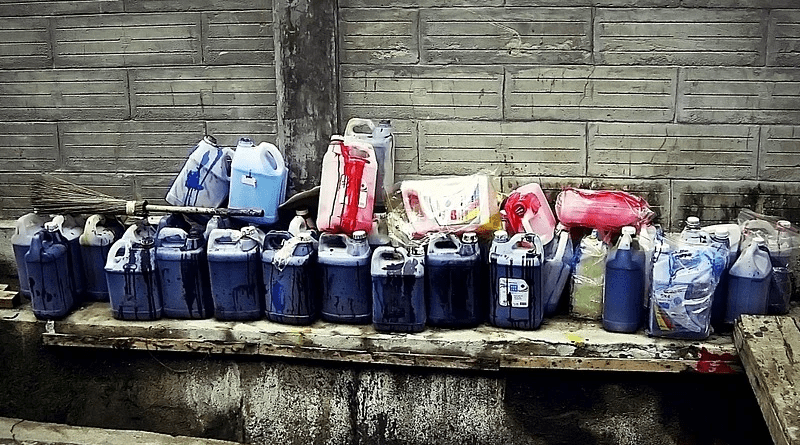How To Manage Waste Sustainably At The Village Level? – OpEd
Indonesia has recently set an ambitious target of reducing 30 percent of all types of waste coming into landfills by 2025. According to Indonesia’s Forestry and Environment Ministry, around 15 percent, or 26,250 tons, of waste entering landfills daily in Indonesia are plastics.
With a population of 278 million, Indonesia, the world’s fourth most populous country, is the second-largest plastic polluter in the world after China. It produces 3.2 million tons of plastic waste each year, of which 1.2 million tons end up in oceans and rivers.
Marine debris is a burning issue in Indonesia that poses real risks for ecosystem functioning, public health, and maritime economies. For example, the Citarum river in West Java is considered the dirtiest river not only in Indonesia but globally. Indonesia is also the world’s fifth largest producer of greenhouse gas emissions.
The Indonesian government has committed to reducing marine plastic debris by up to 70 percent by 2025 through its National Action Plan (NAP) on Marine Debris. How can the waste issue be managed at the local level?
In an effort to enhance the capacity at the local level in Malang regency, East Java, the Center for Southeast Asian Studies (CSEAS), a well-known think tank in Indonesia, has organized a workshop titled “Enhancing the Capacity for Sustainable Management of Waste at the Local Level and Expanding the Responsibility of Producers in Dealing with Plastic Waste” on April 20 at the HARRIS Hotel and Conventions in Malang.
“Local initiatives and the role of people are very important in managing waste sustainably. The role of all stakeholders in designing plans and concrete procedures are not only important but also accelerate and boost the efforts to manage waste, especially in Malang Regency,” the CSEAS said in a press release on April 22.
The workshop was attended by representatives of the Gesellschaft für Internationale Zusammenarbeit (GIZ), Forestry and Environment Ministry, Public Works and Housing Ministry, Malang’s Environment Agency, operators of waste dumpsites, waste banks, plastic waste recycling companies, scholars, local public figures, and non-governmental organizations.
In cooperation with Malang’s Environment Agency, the CSEAS has implemented a model project in Kendalpayak village in Malang regency. The objective of this project was to develop people’s capacity to separate household waste and send separated waste to dump sites through a special transportation system. This project, according to the CSEAS, was fully supported by the European Union (EU) and GIZ.
“The project implemented by the CSEAS would become a model as well as a reference that can be used in the revision of the Regional Strategy and Policy regarding Household Waste Management and Malang’s Household Type Waste Management (Jakstrada),” Malang Environment Agency’s head Renung Rubianjanti said at the workshop.
Echoing a similar view, CSEAS executive director Dr. Arisman said that the model project in Kendalpayak can be implemented in other regions in Indonesia.
“The combination of separation of waste at houses and transporting separated waste to dumping sites is very important in moving forward to achieve sustainable waste management,” Arisman said. “The model we developed in Kendalpayak, Malang regency, can be replicated in other regions in Indonesia.”
The CSEAS said that the workshop’s policy recommendations and experiences from the model project in Kendalpayak village will be submitted to the Malang regent for further action.

